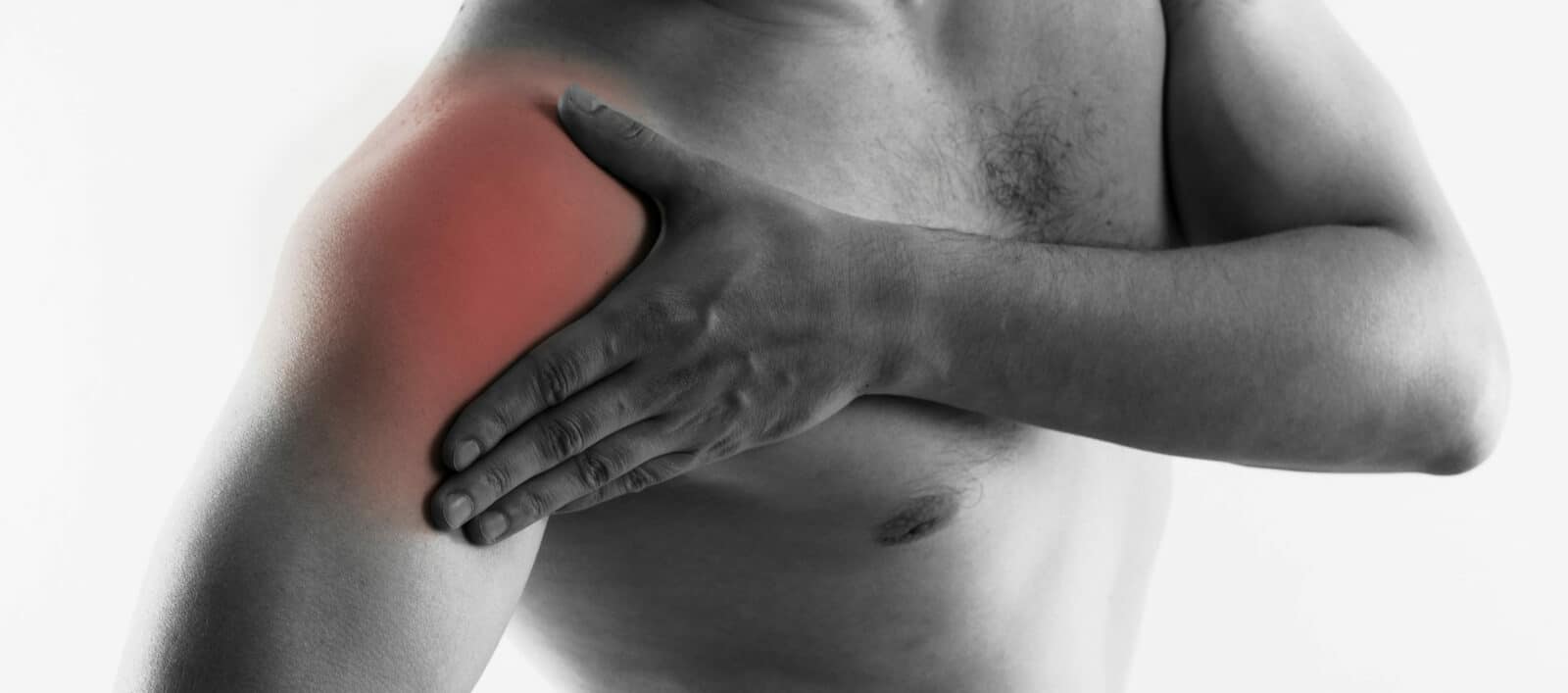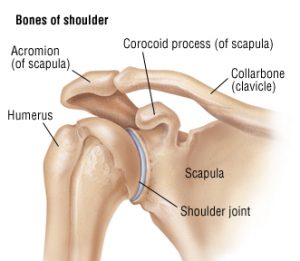Acromioclavicular dislocation : clavicle surgery required
Acromioclavicular joint dislocation occurs most frequently following trauma suffered in a sporting or traffic accident. The two boney parts – the acromion and the clavicle – no longer interlock and some ligaments may be ruptured. In the case of a stage 3 acromioclavicular dislocation, i.e. where all the ligaments have been ruptured, clavicle surgery will be considered. The decision to operate will depend on the age of the patient and the how the shoulder is used: in sporting activities or professional life, does the arm have to be raised above shoulder level? The aim of clavicle surgery is to stabilize the acromioclavicular joint, i.e. to relocate the clavicle to its normal position. Depending on the individual case, ligament reconstruction may also be required to suture or strengthen ruptured ligaments.


